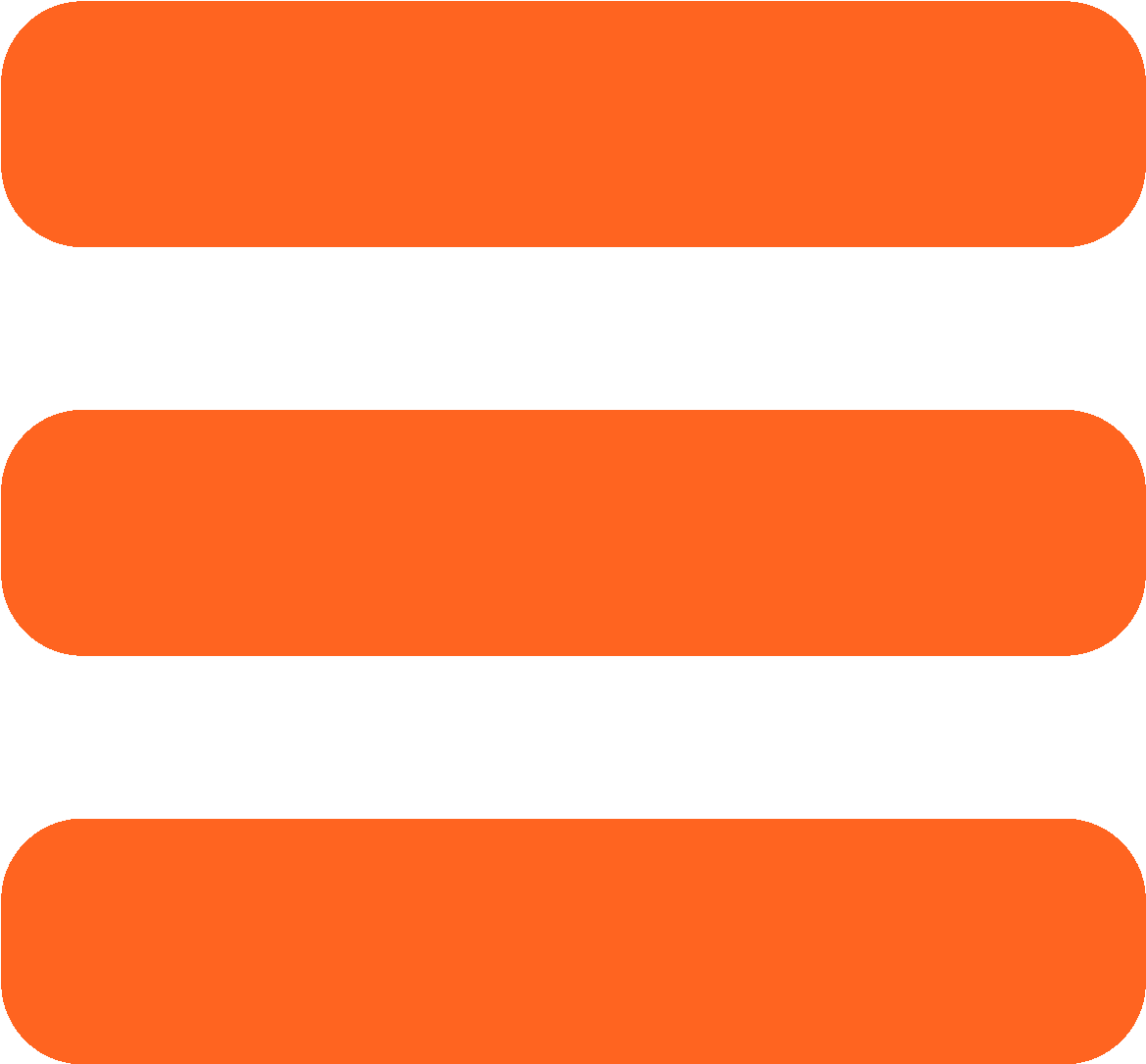
IT product development is a complex process, and the client must understand how it works. Otherwise, effective work will not work. Even though they have the right competencies, few companies can (or want to) put together a cool, combat-ready IT department. There are jobs / areas that (for various reasons) the client does not want to give to the internal development team.
The client, in principle, may not have his own back office and developers, there is only key technical expertise and a product manager who leads the team from an external supplier (outstaffing company).
You can work in the outstaff model only if there is a strong project manager on the client side who can competently build the team's work. In addition, within the client's company, there must be IT competencies in the same technological stack as the future project. If this does not happen, most likely, as a result, the project will not meet the budget deadline.
- Setup meeting: discussion about clients needs
- Workshop: defining expectations and goals
- Recruitment: search pre-screening, feedbacks
- Interviews: candidate evaluation interviews
- Hiring: onboarding and HR coordination
- Work in progress: consulting and support

1. Setup meeting: discussion about clients needs
Basic requirements discussion. Preparing a team for an in-depth discussion. The first phase of collaboration begins right after the client chooses an outstaffing vendor and makes initial contact. During the opening phase, the client tells about the basic needs of the company, and the vendor says which of those can be covered by their means. For instance, the client can require engineers for product support or for an entire product buildup from scratch. Depending on the case, the vendor prepares a team for the next stage — workshop on defining the client's business.
2. Workshop: defining expectations and goals
Reviewing current priorities, processes, documentation. Defining team composition. Traditionally, an outstaffing agency gathers an operations team that includes necessary specialists such as, for instance, recruiters, HR managers, competence leads, and a top-management representative. The team delves into business processes, corporate culture, tech team composition, roles distribution, product development plan, and functional requirements of the product. As a result, the outstaffing vendor knows how the client's business functions, what the expected result is, and what tech talent should be hired to fulfill the goal. If necessary, the vendor consults the client on the optimal team size and composition.
3. Recruitment: search pre-screening, feedbacks
Outstaffing company’s recruiter shares relevant CVs. Pre-screening calls to define candidates’ experience and motivation. Next, the recruitment process is held on the side of the outstaffing vendor. Their recruiter uses candidate portraits and makes pre-screening calls with suitable candidates. When a candidate matches the corporate culture of the client and their experience is relevant, the recruiter sends their CV with comments to the client and waits for feedback. Quick response is crucial at this phase, as the client and the recruiter have to synchronize their vision on the prospective team member. It’s worth mentioning that in outstaffing, each tech engineer is recruited exclusively for the client, not taken from the bench. As a result, the client gets a perfectly-matching team member with the right type of expertise.
4. Interviews: candidate evaluation interviews
Feedback from client to outstaff company. Client evaluates soft and hard skills of a candidate After the client shares their thoughts on the CVs of potential team members and approves some of them for further communication, the recruiter schedules calls with the selected candidates. Traditionally, candidates go through two interview rounds. The first one is a soft skills assessment session. It’s conducted by the client’s managers with an aim to see the cultural fit of the candidate. Then comes the time for a technical interview with the client’s tech leads. If an interview isn’t enough to make a final decision, clients give tests to ensure the suitability of the candidate. Feedback about candidates.
5. Hiring: onboarding and HR coordination
HR manager introduces all communication channels. Making sure newly hired engineers understand their roles and tasks. Settling all processes, giving accesses, arranging workplaces. When the client decides to hire any of the interviewed candidates, and the candidates accept job offers, the outstaffing company’s facility manager starts preparing the hardware and software for the new employees. At an established outstaffing company, a newcomer will have everything prepared for the first day of work and will go through the onboarding process. The outstaffing vendor facilitates the communication between the sides by introducing HR or account managers, lawyers, accountants, and other relevant specialists. At this point, a smooth and quick onboarding process is key to success. An HR manager has to make sure that the newly-hired engineer understands their role, has all the accesses, and can use all the communication channels.
6. Work in progress: consulting and support
HR consulting, performance reviews. Client manages team directly; rate reviews. During the active collaboration process, the client and the outstaffing vendor have mid-term sync-up calls and share feedback. The client can also consult with the vendor about the practical questions such as remuneration or processes set-up.
